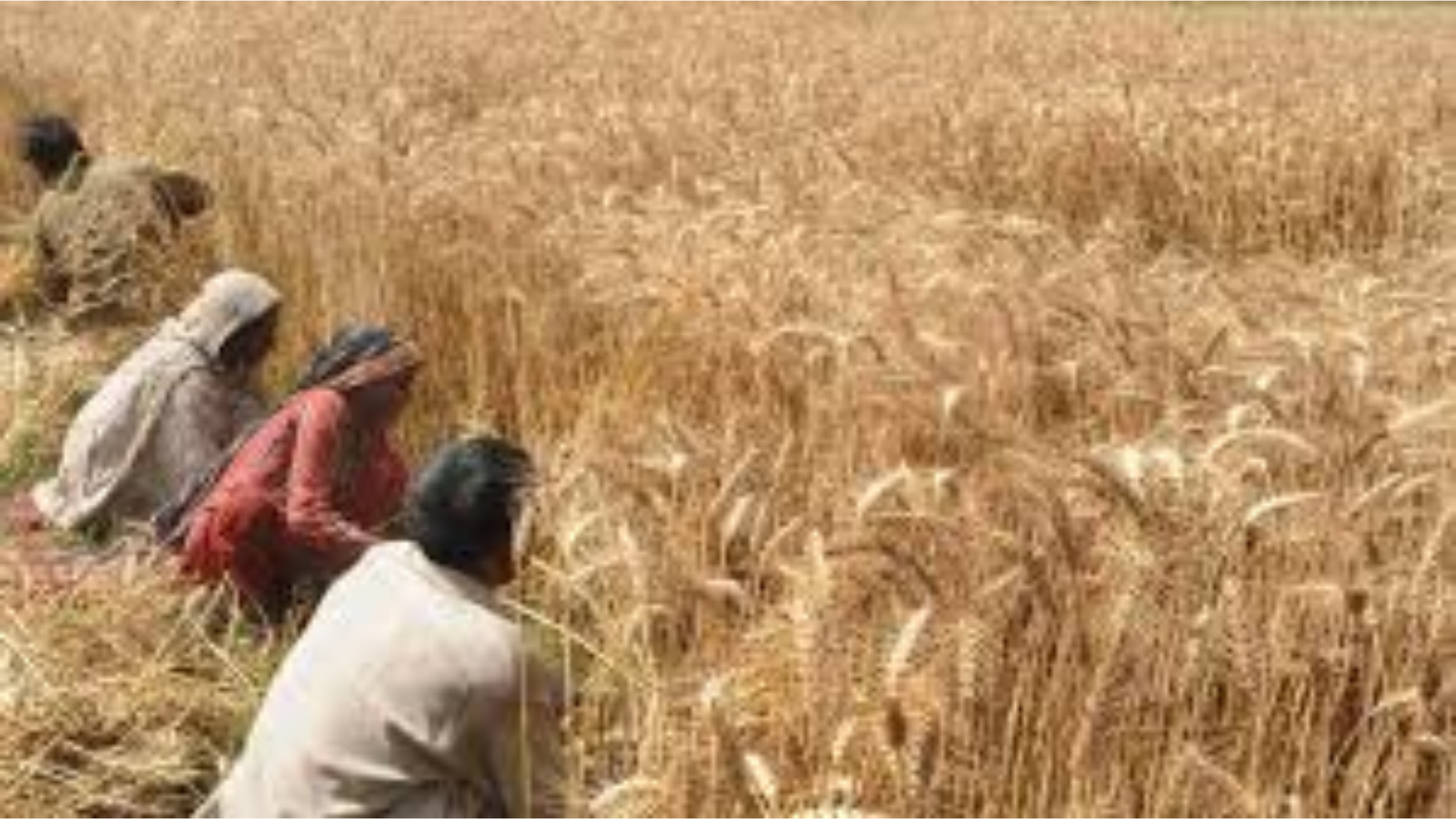Pakistan’s breadbasket, Punjab, is currently dealing with an unparalleled wheat crisis. The province is having difficulty meeting the nation’s demand for wheat, which makes up more than 70% of Pakistan’s total production. Millions of people are impacted by the sharp decrease in wheat supply brought on by the crisis, which has also caused a spike in the price of flour. Farmers’ protests and harsh criticism of the Punjabi government have made the problem into a significant political issue. We shall examine the specifics of the problem, its causes, and its effects on farmers and the government in this piece.
The Wheat Crisis Causes:
- Drought and Climate Change: In 2022, Punjab was hit by a severe drought that had a major impact on wheat yields. Weather patterns have also changed as a result of climate change, resulting in erratic temperature swings and rainfall that hinder crop growth.
- Seed Quality and Availability: Lower yields are the result of a lack of high-quality seeds. Another major problem has been the lack of approved seeds, which many farmers are unable to obtain.
- Water Scarcity: Due to a considerable drop in groundwater levels, Punjab is experiencing a serious water shortage. This has had an impact on irrigation, which has decreased crop output.
- Government Policies: Many farmers have been dissuaded from planting wheat as a result of the government’s decision to lower wheat procurement prices and postpone payments to farmers.
- Hoarding and Smuggling: A lot of traders and millers have been storing wheat in order to profit from the shortage, which has led to hoarding and smuggling and a catastrophe.
Effect on Agriculture:

- Reduced Incomes: Farmers now find it more difficult to satisfy their financial obligations as a result of the crisis, which has drastically cut their incomes.
- Increasing Debt: Farmers’ financial difficulties have been made worse by the need to incur debt in order to pay for pesticides, fertilizers, and seeds.
- Loss of Livelihood: Many farmers have lost their livelihoods as a result of the crisis since they are unable to grow wheat, which is their main source of revenue.
Protests and the Government’s Response:
- Procurement Prices: Farmers have been deterred from selling their produce to the government by the government’s reduction in wheat procurement prices, which has drawn criticism.
- Payment Delays: Farmers’ financial difficulties have been made worse by the government’s tardiness in making payments to them.
- Protests and Demonstrations: Farmers are opposing the government’s policies by staging street demonstrations and calling for prompt payments, increased procurement prices, and enforcement of laws against smugglers and hoarders.
Who Bears Responsibility?

- Punjabi government: The situation has been greatly exacerbated by the government’s actions, which include lowering procurement costs and delaying payments.
- Agriculture Department: Wheat yields have been impacted by the department’s inability to guarantee seed availability and quality.
- Wheat Traders and Millers: The problem has been made worse by the hoarding and smuggling of by these individuals.
- Climate Change: Weather patterns have been impacted by climate change, resulting in drought and lower wheat yields.
In summary, the wheat crisis in Punjab, Pakistan, is a multifaceted matter that is influenced by various variables. The situation has been exacerbated by government policy, smuggling and hoarding, water scarcity, climate change, and poor seed quality. The government needs to move quickly to solve the problem by assisting farmers, guaranteeing the supply and quality of seeds, and addressing climate change. In addition, the government needs to make sure farmers receive their payments on schedule and take action to stop hoarding and smuggling. Then and only then will the situation be resolved and Punjab’s population be guaranteed a consistent supply of wheat.
Recommendations:
- Raising Procurement Prices: In order to entice farmers to sell their produce to the government, the government should raise the price at which wheat is procured.
- On-Time Payments: To assist farmers in meeting their financial responsibilities, the government must guarantee on-time payments to farmers.
- Seed Quality and Availability: The government needs to make sure that high-quality seeds are readily available and take action to raise seed quality.
- Water Conservation: In order to alleviate water scarcity, the government should put policies in place to save water.
- Action against Smugglers and Hoarders: In order to stop the problem from getting worse, the government needs to take action against smugglers and hoarders of wheat.
- Mitigation of Climate Change: In order to combat climate change, the government should put policies in place to lower greenhouse gas emissions and support sustainable farming methods.
The government may assist in resolving Punjab’s wheat problem, assist farmers, and guarantee Pakistan’s population has a consistent supply of wheat by putting these suggestions into practice.

